

All our trapezoid observations were with a Canon 200mm F2.8 L, EOS 20D, ISO 1600, and 30 second exposures. This is the longest exposure you can reasonably expect to be tracked accurately. Massive numbers of slightly misaligned exposures were motion tracked and averaged on a Dual Opteron running Cinelerra. Take a look.
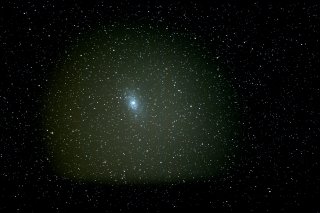 M33 from behind the
dumpy apartment in Rain Ramon. 70 exposures.
M33 from behind the
dumpy apartment in Rain Ramon. 70 exposures.
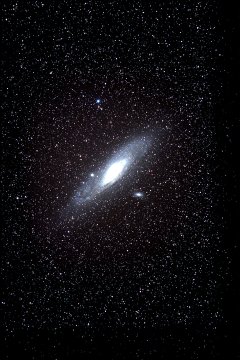 M31, Heroine
Galaxy from 1423 ft in Morgan Territory. 78 exposures.
M31, Heroine
Galaxy from 1423 ft in Morgan Territory. 78 exposures.
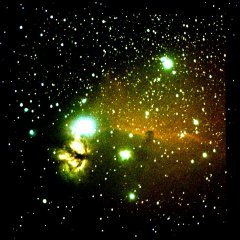 The Horsy Nebula.
104 exposures behind the dumpy apartment. Crop of the full Canon
frame. The Winter weather in Rain Ramon simply isn't good enough to do
any better with Orion.
The Horsy Nebula.
104 exposures behind the dumpy apartment. Crop of the full Canon
frame. The Winter weather in Rain Ramon simply isn't good enough to do
any better with Orion.
 The Calif*
Nebula. 73 exposures behind the dumpy apartment. Extreme cold
destroyed the battery before we could get dark frames. Got a spare
battery after that.
The Calif*
Nebula. 73 exposures behind the dumpy apartment. Extreme cold
destroyed the battery before we could get dark frames. Got a spare
battery after that.
 The Pleiades
Nebula. 73 exposures behind the dumpy apartment.
The Pleiades
Nebula. 73 exposures behind the dumpy apartment.
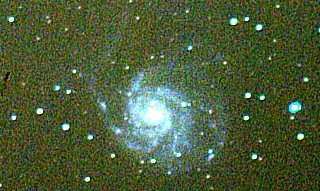 M101 105 exposures behind
the dumpy apartment during the only clear night of Winter 2006. NGC
5474 and NGC 5422 are also in the frame.
M101 105 exposures behind
the dumpy apartment during the only clear night of Winter 2006. NGC
5474 and NGC 5422 are also in the frame.
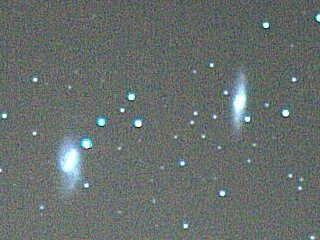 M66 cluster in partly cloudy
conditions. 105 exposures behind the dumpy apartment. M66, M65, NGC
3628, NGC 3593, and NGC 3666 were captured in a single frame.
M66 cluster in partly cloudy
conditions. 105 exposures behind the dumpy apartment. M66, M65, NGC
3628, NGC 3593, and NGC 3666 were captured in a single frame.
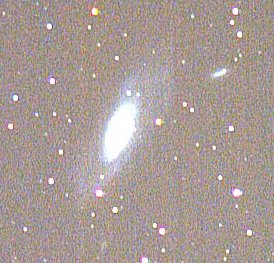
 Ursa major cloud in extremely hazy conditions from
behind the apartment. 189 exposures during 2 nights. The trapezoidian
was finally consistent enough to combine multiple observations. Also
have a study of the M106 segment with different exposures. The EXR
image had enourmous range.
Ursa major cloud in extremely hazy conditions from
behind the apartment. 189 exposures during 2 nights. The trapezoidian
was finally consistent enough to combine multiple observations. Also
have a study of the M106 segment with different exposures. The EXR
image had enourmous range.
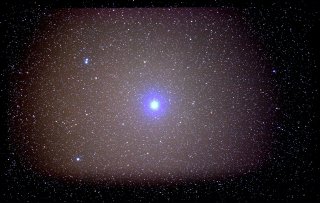 Vega using the polyester
wind screen. Unfortunately the wind was not unidirectional so the
windscreen was quite worthless.
Vega using the polyester
wind screen. Unfortunately the wind was not unidirectional so the
windscreen was quite worthless.
 Ursa major using the wide
angle lens.
Ursa major using the wide
angle lens.

(C) 1997-2024 Starving, flat broke, usually unemployed Programmers
Hosted all these years by Sourceforge